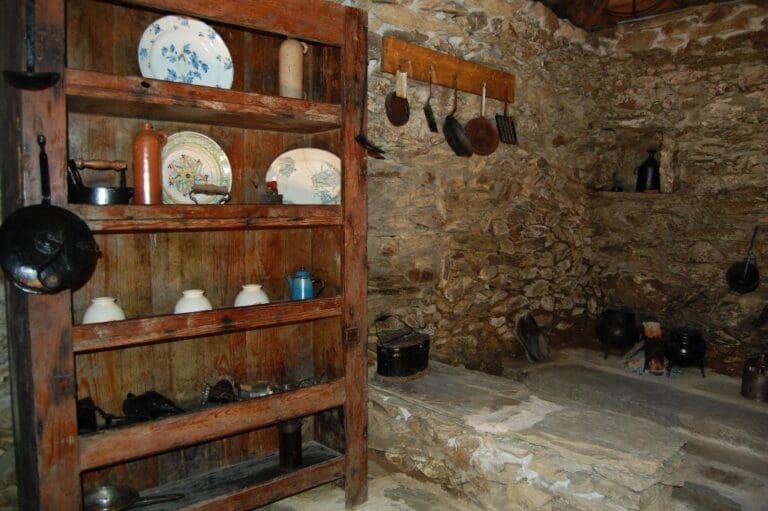The construction of the then Reguense Recreational Hall came from the initiative of a group formed by José Vicente Ferreira da Cunha, Manuel Rodrigues Tabau, António Augusto da Fonseca, António Ferraz, Augusto Mendes da Silva, Anastácio Inácio Teixeira, Manuel Loureiro de Almeida and Álvaro Rodrigues da Silva, who at the beginning of the 20th century, acquired two houses on the corner of R. da Ferreirinha and R. Custódio José Vieira, had them demolished and built the new theater there. On November 27, 1912, the first news of a show in the new room appeared, with the group responsible for construction inviting the City Council to watch a cinematographic show to benefit the Volunteer Firefighters.
Cultural, revivalist and Art Nouveau architecture. Revivalist theater with a rectangular plan, with stage, audience, 1st and 2nd balcony, facades decorated with openings framed by motifs of counter-curved shapes of revivalist and Art Nouveau influence. Theater with an oblique frontispiece resulting from the equilateral triangle it forms to adapt to the street section; the facades, decorated with openings framed by motifs of counter-curved shapes, establish the transition between revivalism and Art Nouveau. Inside, with wooden balconies and balconies with metal railings with a convex profile, in the Art Nouveau style, forming light and undulating structures, arranged along the walls, supported by pillars with painted capitals and elegant pilasters topped with painted capitals.

 Peso da Régua, Northern Portugal
Peso da Régua, Northern Portugal





 Teatrinho Reguense
Teatrinho Reguense 


